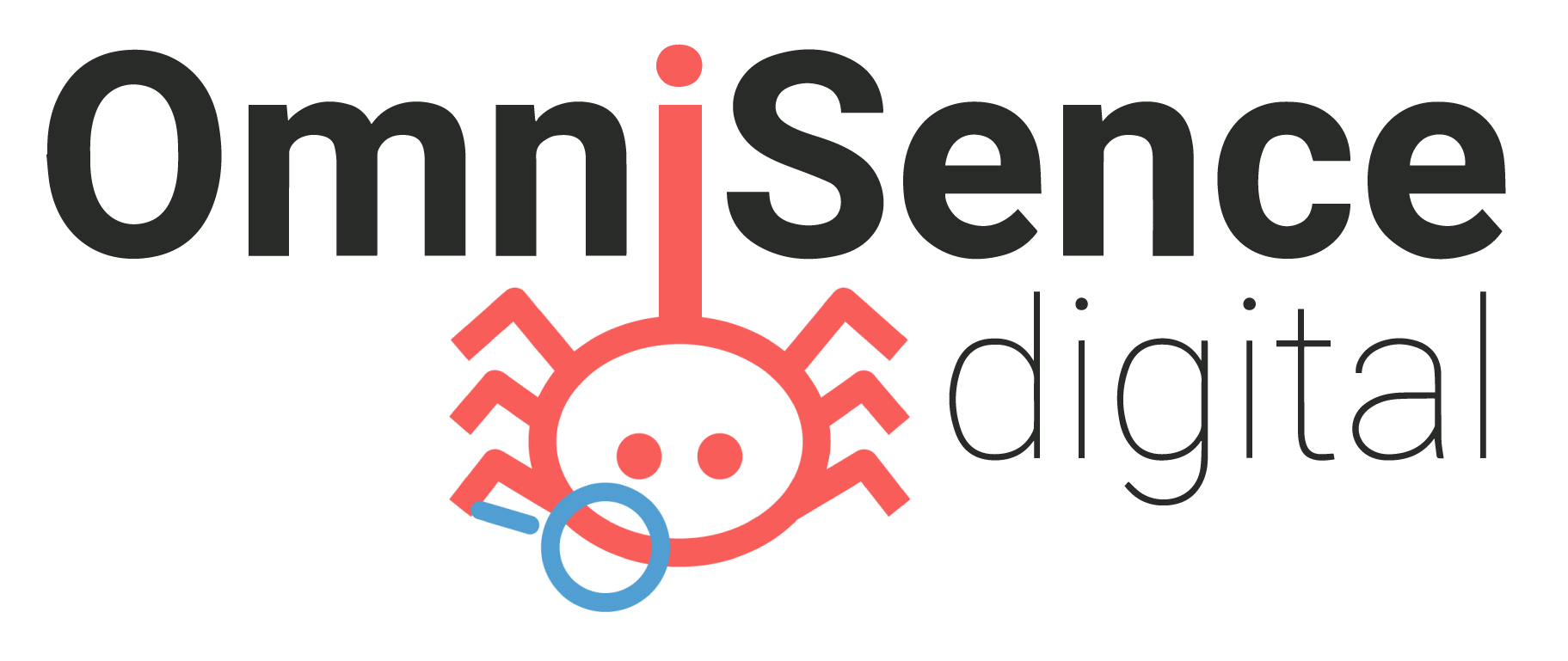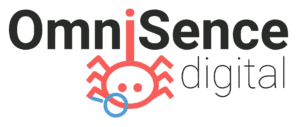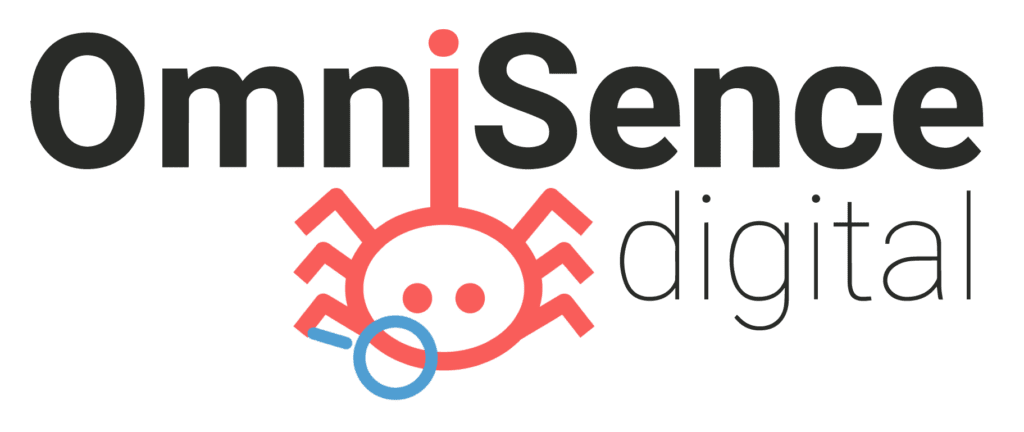Social Media Algorithms Explained: How to Make Your Content More Visible

If you’ve ever posted something on social media only to see minimal engagement, you might wonder why some content thrives while others seem to disappear. The answer lies in social media algorithms—complex systems that determine who sees your content, when they see it, and how often it appears on their feeds. These algorithms are designed to keep users engaged by showing them the most relevant and interesting content based on their behaviors and preferences. For businesses and content creators, understanding how these algorithms work is key to maximizing visibility, increasing engagement, and ultimately driving conversions.
At Omnisence Digital, we help brands navigate the ever-changing world of digital marketing, and social media plays a critical role in that landscape. While each platform has its own unique ranking system, they all share the common goal of keeping users engaged. This means that simply posting content isn’t enough. To ensure your posts reach the right audience, you need to align your strategy with how these algorithms prioritize visibility.
How Social Media Algorithms Work
Unlike the early days of social media, where content appeared in a simple chronological order, most platforms now use engagement-based ranking systems. These systems analyze factors such as likes, shares, comments, video watch time, and even the time of day a post is published. The more engagement a post receives within a short time after posting, the more likely it is to be pushed to a broader audience. Additionally, social media platforms track a user’s interactions to customize their feed. If someone frequently engages with your content, they are more likely to see your future posts.
Algorithms also consider content type. Video content, especially short-form video like Instagram Reels and TikTok, tends to rank higher due to its ability to keep users engaged for longer periods. Posts that encourage discussion, such as polls, interactive stories, and question-based captions, are also favored as they generate meaningful interactions. Knowing these factors allows businesses to create content that naturally works in harmony with how social media platforms distribute posts.
Understanding Platform-Specific Algorithms
Each social media platform has its own unique way of ranking content. Facebook, for example, prioritizes meaningful interactions, favoring posts that spark conversations and generate comments. Simple likes are not enough to boost visibility; Facebook’s algorithm values long-form responses, shares, and discussions in groups. Live videos also rank higher than standard posts, as they encourage real-time engagement.
Instagram’s algorithm, on the other hand, takes into account factors like recency, engagement, and user interest. Posts that receive quick engagement within the first hour of posting tend to be pushed to more users. The platform also prioritizes Reels, carousel posts, and stories, as these formats keep users actively engaged. Additionally, direct messages and interactions through Instagram’s interactive features, such as polls and quizzes in stories, help boost an account’s ranking.
TikTok’s algorithm operates differently from traditional social platforms. It does not require an account to have a large following for a post to go viral. Instead, the platform evaluates a video’s engagement rate, including watch time, shares, and completion rate. If a video is watched from start to finish by a large percentage of viewers, it is more likely to be promoted on the “For You” page. Using trending sounds and hashtags can also improve discoverability, making it easier for content to gain traction.
LinkedIn is built around professional networking, so its algorithm favors thoughtful, industry-related discussions. Posts that generate in-depth conversations and engagement, such as long-form articles, industry insights, and success stories, tend to rank higher. Unlike other platforms, LinkedIn does well with long captions and detailed storytelling, as the platform is designed for professional interaction rather than quick, casual browsing.
Twitter, in contrast, focuses on real-time engagement. Timeliness is key, and tweets that receive likes, retweets, and replies shortly after being posted are more likely to be shown to a wider audience. Hashtags remain highly relevant on Twitter, helping tweets reach users searching for specific topics. Engaging in trending conversations and replying to other tweets can also improve an account’s visibility.
How to Make Your Content More Visible Across Platforms
While each social media platform has unique ranking factors, there are universal strategies that can help increase visibility across all channels. One of the most important factors is prioritizing engagement over quantity. Posting frequently is not enough—the quality of engagement on your posts matters more. Instead of focusing on high posting volume, businesses should create content that encourages conversations, reactions, and shares.
Another key strategy is leveraging video content, which consistently outperforms static images and text-only posts. Social media platforms prioritize video because it keeps users engaged longer. Short-form video content, such as Instagram Reels, TikTok videos, and YouTube Shorts, tends to generate more interaction and is more likely to be promoted by the algorithm.
Posting at optimal times can also make a significant difference. Every platform has peak engagement hours when users are most active. Using platform analytics tools to identify when your audience is online and scheduling posts accordingly can increase early engagement, signaling to the algorithm that your content is worth promoting.
Additionally, taking advantage of platform-specific features can improve visibility. Instagram favors accounts that use Reels and Stories, LinkedIn boosts well-crafted long-form content, and TikTok rewards engagement with trending sounds and hashtags. Customizing content formats for each platform ensures that your posts align with how the algorithm prioritizes visibility.
Interacting with your audience is equally important. Algorithms favor accounts that actively engage with their followers. Replying to comments, answering direct messages, and participating in discussions signals to the platform that your content is relevant and worth promoting. Social media is about two-way communication, so brands that take the time to interact with their audience tend to see better engagement rates.
Lastly, staying updated on algorithm changes is essential for maintaining visibility. Social media platforms frequently adjust their ranking systems, and what worked six months ago may not be effective today. Following industry updates and experimenting with new content strategies can help businesses stay ahead of algorithm shifts.
Mastering Social Media Algorithms for Growth
Understanding how social media algorithms work is essential for maximizing content visibility and engagement. Whether your goal is brand awareness, lead generation, or audience growth, aligning your content strategy with each platform’s ranking factors will significantly improve your reach. Instead of fighting against the algorithm, businesses can work with it by creating engaging, high-quality content that naturally aligns with the platform’s priorities.
Share This Article

Spring Cleaning for Your Website: How to Refresh Your Online Presence
Spring is a season of renewal, making it the perfect time to refresh not just your home, but also your

Why Great Website Design Matters for Your Marketing Strategy
Your website is your business’s digital front door. It’s often the first impression your potential customers will have of your

Maximizing ROI with Effective Advertising Tactics
Advertising serves as a powerful tool to drive visibility, build brand loyalty, and most importantly, increase your return on investment



